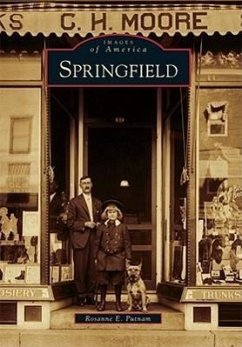Although Springfield was chartered in 1761, residents did not begin taking advantage of the waterpower on the Black River until the 1800s. Once dams were built to harness the water, mills and factories followed. Innovation could not be stopped, and for the next 150 years one invention or improvement after another emerged from this little town. Things like the spring clothespin and sandpaper were invented in Springfield as well as world-famous tool-making machines such as the turret lathe and gear shaping and grinding machines. Improvements were also made to textile-processing machinery. A combination of the right people at the right place and time allowed Springfield, the "little town that did," to transform from an agrarian and mill town to the home of a world-renowned machine tool industry.








